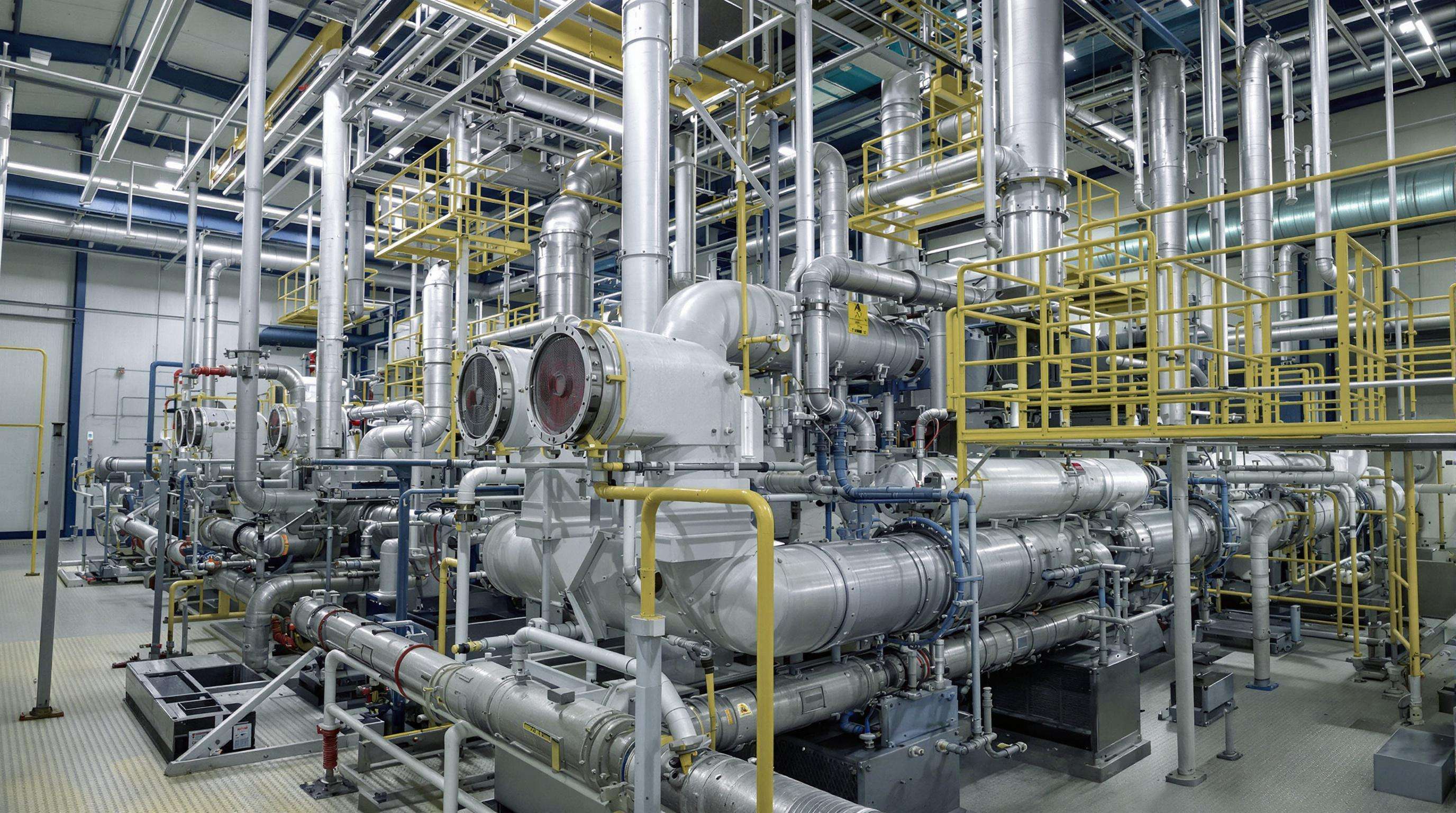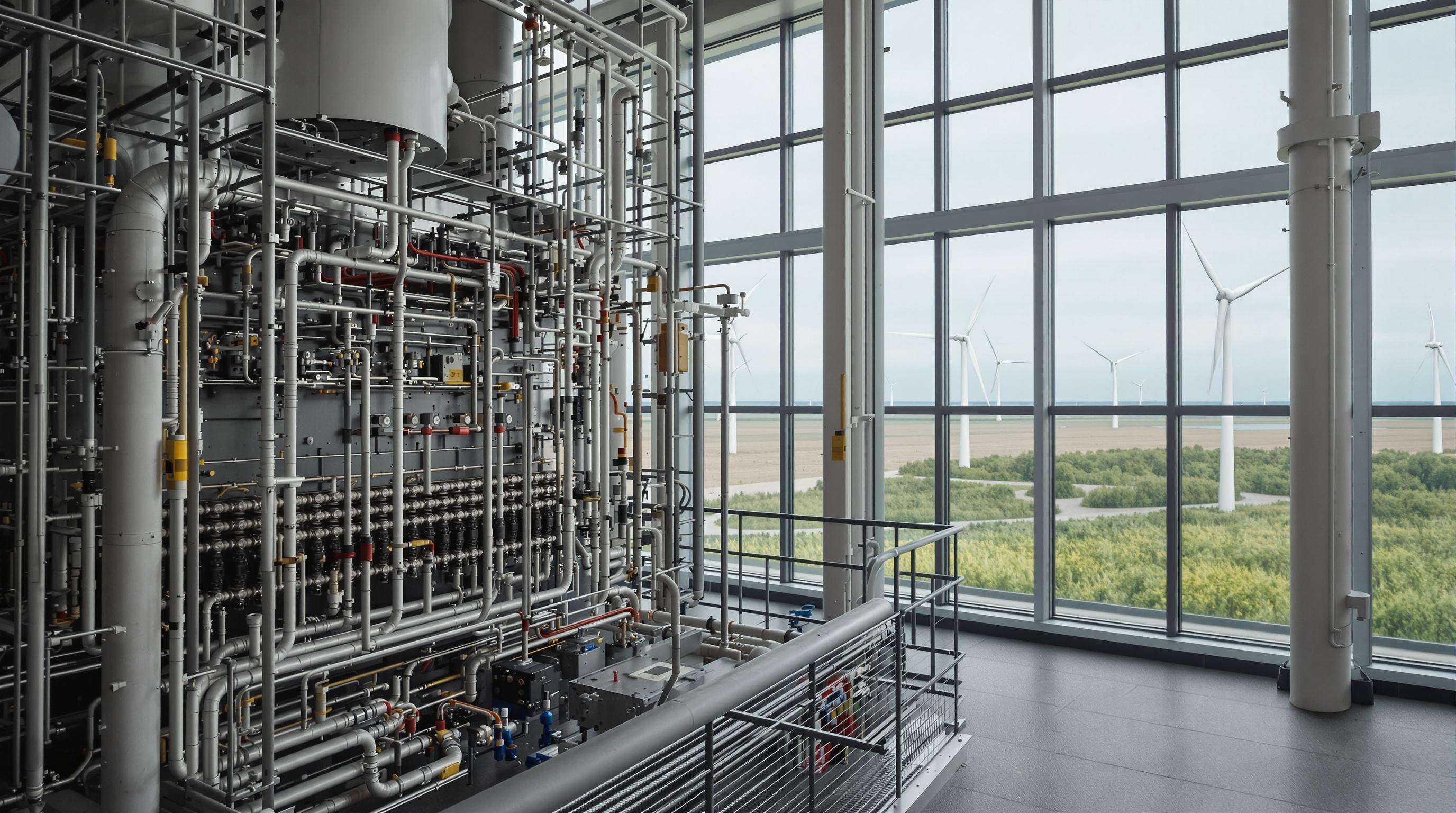Newer cracking furnace models boost thermal efficiency through features like Coil Reactor Technology (CRT) and better designed radiant tubes. According to recent data from the Department of Energy in 2023, these improvements cut down on fuel usage somewhere between 12% to 18% when compared with older systems. This means a real drop in carbon emissions for ethylene manufacturing operations. Engineers now rely on sophisticated computer simulations called computational fluid dynamics to fine tune how hot things get while keeping heat losses to a minimum. The reason this matters so much is simple math – cracking furnaces eat up around two thirds of all the energy used in an average ethylene plant.
Energy-saving systems achieve up to 25% reduction in operational energy demand through three integrated mechanisms:
A leading ethylene producer retrofitted six cracking furnaces in 2022 with energy-saving components, including ceramic fiber insulation and AI-driven combustion controls. Over 18 months, the upgrades delivered measurable improvements:
| Metric | Improvement | Financial Impact |
|---|---|---|
| Fuel consumption | 22% reduction | $4.2M annual savings |
| COâ emissions | 18% reduction | 84,000 ton reduction |
| Furnace uptime | 6.5% increase | $1.1M additional revenue |
These results highlight the operational and economic benefits of targeted efficiency upgrades.
A phased retrofitting approach maximizes efficiency gains:

Air preheating for flue gas combustion can capture around 85 percent of wasted heat energy, which heats the incoming air to between 250 and 400 degrees Celsius using either regenerators or plate heat exchangers. The result? A significant drop in fuel requirements typically around 15 to 20 percent without compromising combustion efficiency. For large scale operations like ethylene production where temperatures exceed 1000 degrees Celsius, even small improvements matter. Industry data shows that every additional 50 degree rise in preheated air temperature translates to roughly 3 to 4 percent less natural gas needed. These savings add up over time making preheating systems an attractive investment for many industrial facilities looking to cut costs and improve sustainability.
Advanced TLE systems recover 50â60% of pyrolysis gas heatâup from 35â40% in older modelsâby reducing outlet temperatures to 400â450°C (from 550â600°C). This cuts steam export needs by 25â30 tonnes/hour in 1MTA ethylene plants and reduces energy costs by $2.8â$3.5 per ton of ethylene produced.
The high temperature alloys like 25Cr-35Ni-Nb along with specially treated cast parts can handle extreme heat stress even at around 1150 degrees Celsius. This capability actually increases how long coils last before needing replacement, typically adding between 18 to 24 extra months of service. When combined with advanced combustion systems that monitor flames in real time through optical sensors while adjusting air fuel mixtures as needed, these materials deliver combustion efficiencies close to 99.8 percent. What's more, they cut down on harmful nitrogen oxide emissions significantly, bringing levels down under 80 milligrams per normal cubic meter. That represents about a third less pollution compared to what standard burners produce.

Electric cracking furnaces work by swapping out traditional gas burners for heating elements that run on electricity instead of burning fossil fuels directly. According to research published in 2016 by Lechtenböhmer and colleagues, these electric furnaces can slash fossil fuel consumption in steam cracking processes by around 90 percent when they're running on renewable energy sources. The switch makes sense for chemical plants because it takes ethylene production out of the hands of fluctuating natural gas prices while cutting down on those direct emissions that come straight from factory stacks. For companies looking to green their operations without compromising output, this technology offers real advantages both environmentally and economically.
E-furnaces act as flexible loads that support grid stability by modulating electrical heating rates by ±15% within five minutes to align with fluctuating wind and solar output. Demonstrated in European grid-balancing trials, this responsiveness allows industrial operations to integrate seamlessly with renewable energy systems.
Three key strategies enhance renewable integration:
A Nordic chemical plant retrofitted a naphtha cracker with 48 MW electric heating coils powered by offshore wind. The system achieved:
| Metric | Conventional Furnace | E-Furnace | Improvement |
|---|---|---|---|
| COâ/ton ethylene | 1.8 tons | 0.16 tons | 91% reduction |
| Energy cost/ton | $142 | $89 | 37% savings |
Despite variable wind inputs, the system maintained 98% ethylene yield stability, demonstrating the technical feasibility of renewable-powered cracking.
Critical decarbonization pathways for industrial heating require such innovations to meet net-zero targets while ensuring production reliability.
The upfront cost for these advanced energy saving cracking furnaces runs about 15 to 25 percent higher compared to regular models on the market today. But what makes them worth considering is the significant savings over time. These systems cut down on yearly fuel and maintenance bills by around 20 to 35 percent, so most companies see their investment back within three to seven years. According to recent industry reports from 2024, factories that upgraded their equipment with better heat recovery tech actually saved around $2.8 million each year, getting their money back after roughly 54 months of operation. Plus there are other advantages too. The modular design approach allows for easier upgrades later on, while things like predictive maintenance software and those fancy digital twin technologies help keep operations running smoothly, cutting unexpected shutdowns by as much as 40 percent in some cases.
Burner controls powered by artificial intelligence adjust on the fly to changes in feedstock quality and furnace conditions, slashing flaring incidents and reducing fuel waste somewhere around 30 to 50 percent according to field tests. The improved accuracy also cuts down methane slip rates by approximately 18 to 22 percent without compromising the necessary cracking temperatures for optimal performance, something confirmed during trials along the Gulf Coast last year. That same research found facilities saved roughly 12 thousand metric tons worth of CO2 emissions annually once they implemented these dynamic combustion systems. For plant operators facing increasingly strict environmental rules, these technological improvements make compliance much easier while helping them dodge those costly carbon fines ranging from $120 up to $180 for every ton emitted beyond limits.
Modern energy-saving cracking furnace technology significantly reduces fuel consumption and carbon emissions, boosting efficiency in ethylene production.
Electric cracking furnaces replace traditional gas burners with electric heating elements powered by renewable sources, drastically cutting fossil fuel reliance.
Retrofitting cracking furnaces can lead to substantial cost savings in fuel and maintenance, with many companies seeing a return on investment within three to seven years.
 Hot News
Hot News2024-09-25
2024-09-18
2024-09-12
2024-09-05
2024-08-30
2024-08-23

Copyright © 2025 by Shangqiu AOTEWEI environmental protection equipment Co.,LTD Privacy policy